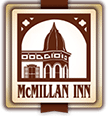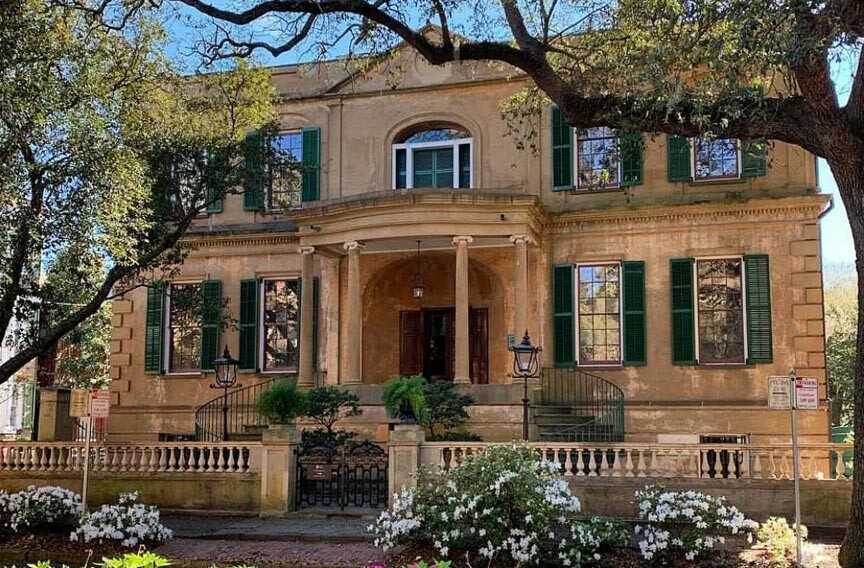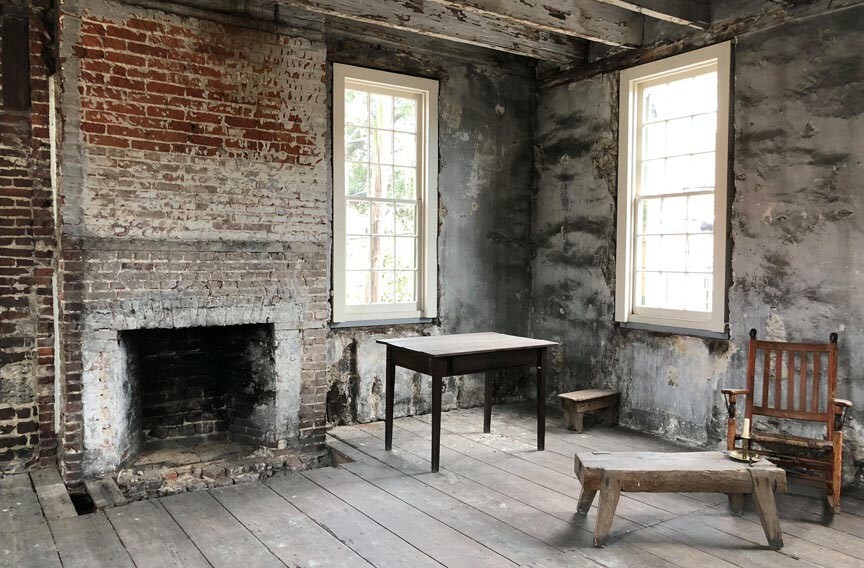The Owens-Thomas House, located on the northeast corner of Savannah’s Oglethorpe Square, is not only one of the finest examples of English Regency architecture in the country. It’s also home to one of the oldest and best preserved urban slave quarters.
Telfair Museums has been operating the Owens-Thomas House as a historic house museum since the 1950’s. It wasn’t until a renovation in the 1990’s that they discovered the Carriage House had originally been an urban slave quarters.
When we think of American slavery, we tend to picture people forced to work in fields. Yet, history tell us that, by 1860, 20 percent of the population in major cities was enslaved people, forced to work night and day for wealthy families.
For decades, the story of the urban enslaved was glossed over or even ignored at historic house museums like the Owens-Thomas House. Now, their stories are being uneartherd and presented with equal importance alongside those of their oppressors.
Who kept these homes running smoothly, day in and day out for decades, after all?
Step Back In Time
Visitors to this stunning historic house will tour rooms full of furnishings from the English Regency period. Many of the pieces are originals from the Owens family, dating from 1790 to 1840.
The 3-story house, designed by a 24-year-old English architect named William Jay, was built in 1819. Construction took three years and included such modern innovations as running water on all three floors. In 1819, mind you! A glass floor allows you to see how this was accomplished.
The formal dining room features a unique skylight and wait until you see the curved bridge on the second floor that connects the front and back halls. Yes, you read that right: the home has an internal, second story bridge.
But the Owens and Thomas Families were not the home’s only residents …
The Slave Quarters
The Carriage House and Slave Quarters are located in a large, two-story building behind the house.
The south half of the building was the Carriage House, with horses, wagons, hay, and a loft. It is now an Orientation Gallery, housing a collection of exhibits that connect the house to local, regional, and national history.
The slave quarters were located in the north half of the building. Three rooms on two levels housed between 9 and 15 enslaved people at a time, many of whom were children. The fully restored slave quarters feature a variety of period artifacts.
The quarters, in stark contrast to the grand home, are rough and bare with only a minimum of comforts. The ceiling of the room contains the largest swath of historic haint blue paint in North America. The Gullah/Geechee people used haint blue paint to deter ghosts or other malevolent spirits.
The Slave Quarters at Owens-Thomas House is more than just a collection of artifacts, it is a story of people. Here, just as in the main house, you will learn the their stories. Stories of people like the Peter, the butler and Diane, the cook.
A lovely parterre style garden separates the Slave Quarters and Carriage House from the main house. The formal, 1820’s English-American style garden was added in 1954. The space originally housed a work yard.
This wonderfully preserved historic house museum will take you back in time to the day-to-day lives of the people, both free and enslaved, who lived and worked here some 200 years ago.
The Owens-Thomas House and Slave Quarters
The house is located at 124 Abercorn Street, just minutes by car from our Savannah bed and breakfast, or a lovely 15 minute stroll through the downtown historic district. A fantastic way to see more of the city.
The house is open daily 10am 5pm. Tours are guided, with the last tour of the day beginning at 4:20pm. Learn more at www.telfair.org.




